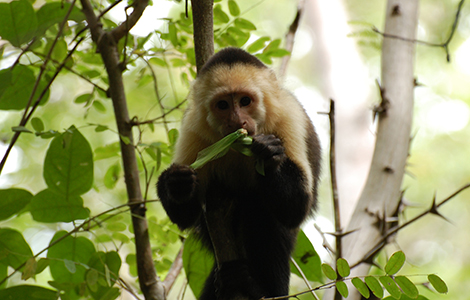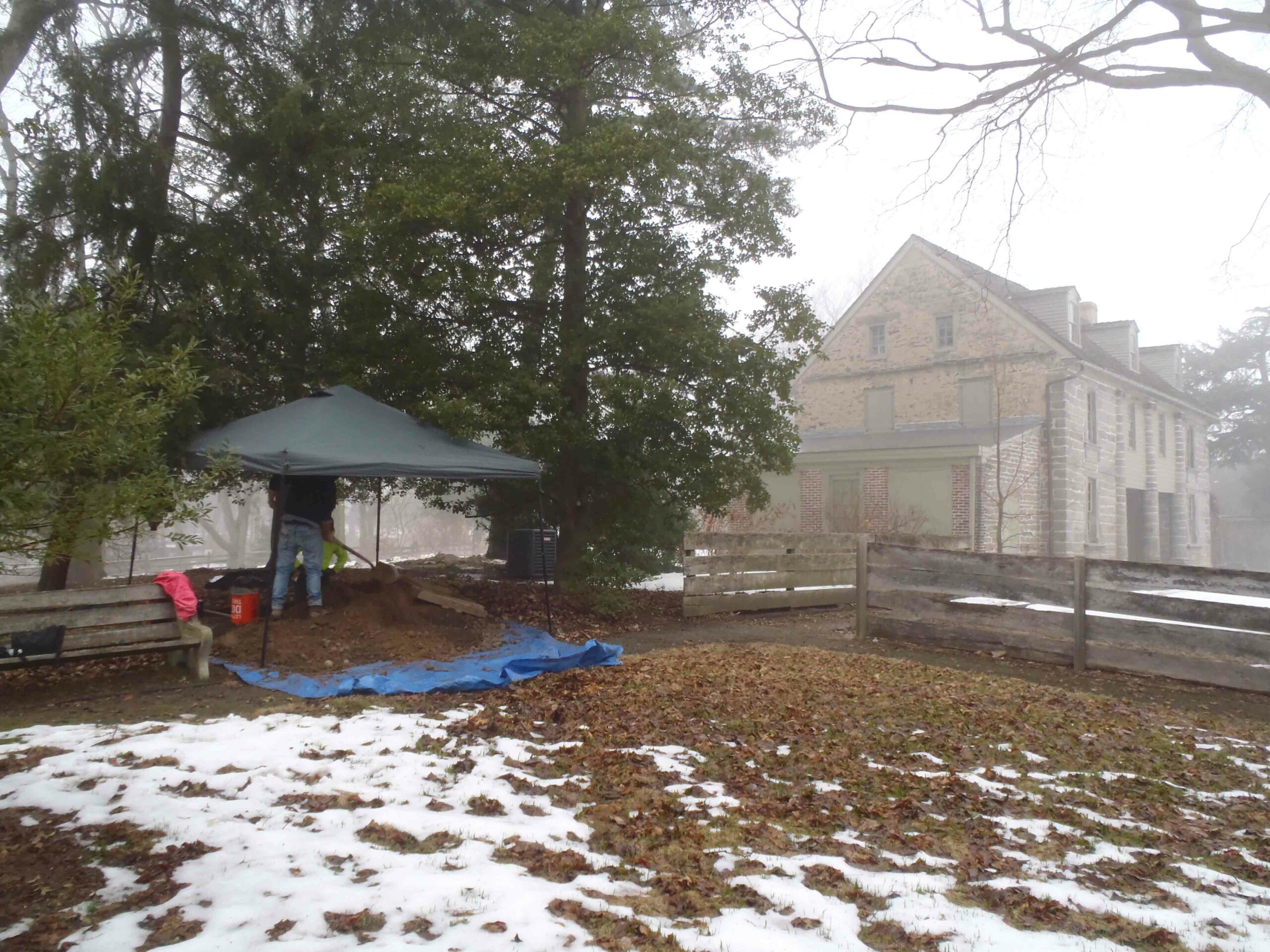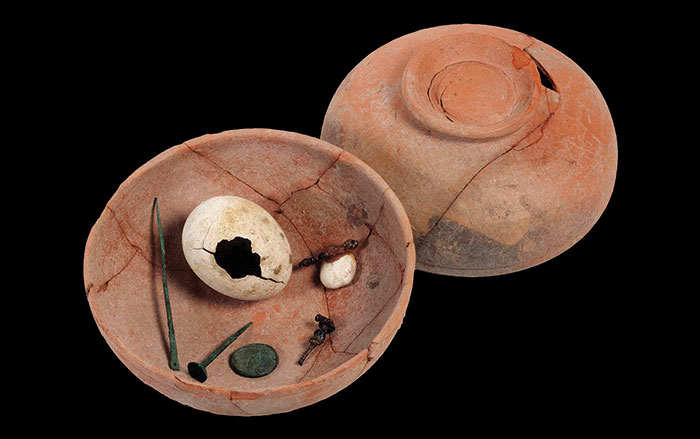
ST. LOUIS, MISSOURI—A five-year study of capuchin monkeys in Costa Rica led by Amanda D. Melin of Washington University in St. Louis suggests that figuring out how to find food during seasonal changes in the food supply may have spurred the development of bigger brains, higher-level cognitive functions, and increased manual dexterity in human ancestors and other primates. “We find that capuchin monkeys eat embedded insects year-round but intensify their feeding seasonally, during the time that their preferred food—ripe fruit—is less abundant. These results suggest embedded insects are an important fallback food,” she told Science Daily. Such fallback foods are thought to help shape the evolution of body forms that aid in digestion, and the evolution of the brain in primates that live in areas with wide seasonal variations and changes in the food supply. This is evident in capuchin lineages—gracile capuchins live in tropical rainforests and can bang snails and fruits against branches to obtain their food. But robust capuchins, which spread from the Atlantic rainforest into drier, more seasonal habitats millions of years ago, are known for their innovative use and modification of sophisticated tools.










